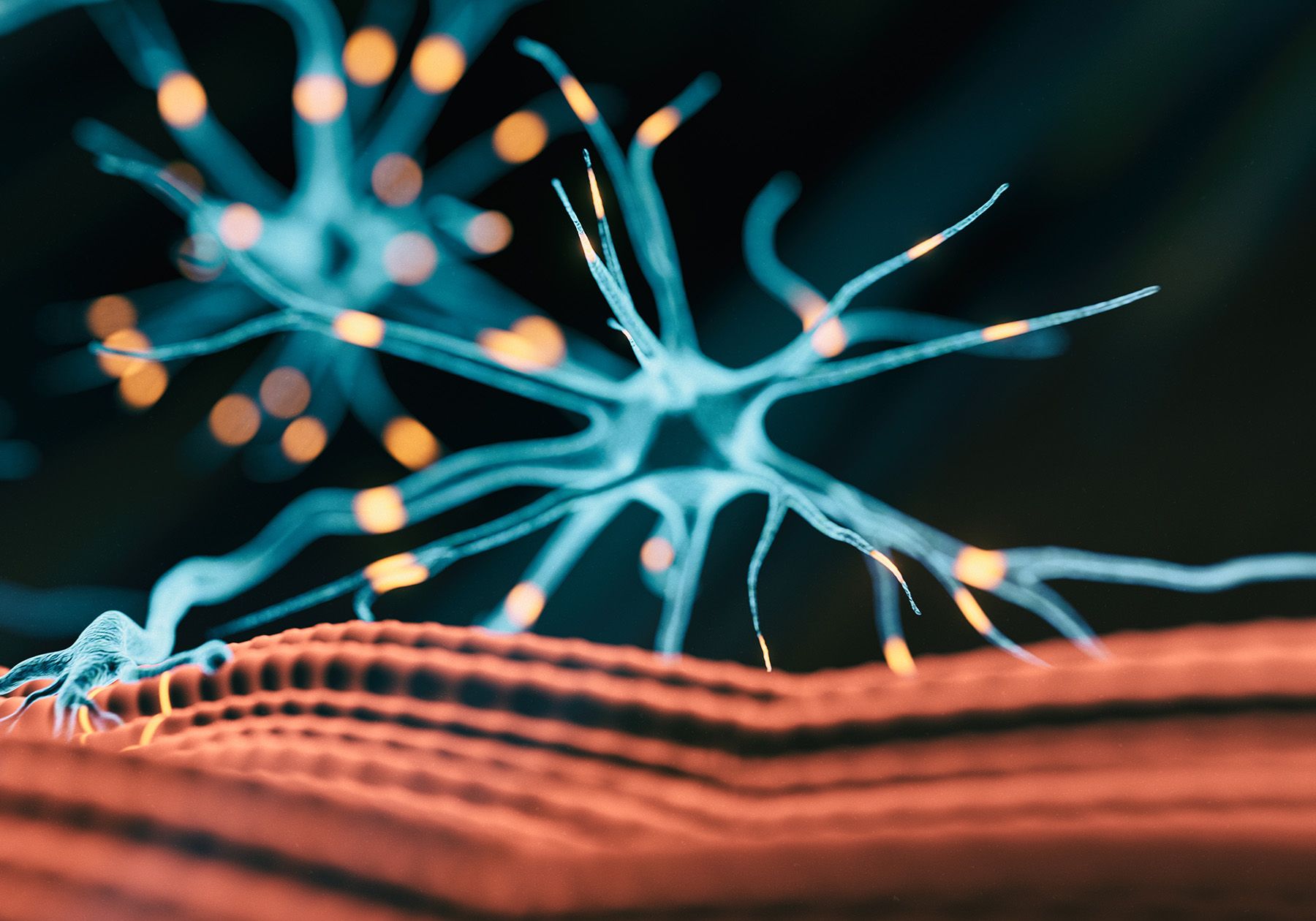Rocuronium is often the preferred neuromuscular blocking agent (NMBA) for rapid sequence intubation (RSI) in the emergency department (ED) as it produces neuromuscular blockage in a rapid fashion, facilitating high first pass success. In contrast to succinylcholine, it has fewer adverse effects, including life-threatening hyperkalemia. While rocuronium provides predictable and safe neuromuscular blockade, it has a duration of action of 45-60 minutes or longer, which may preclude rapid reassessments (e.g., for serial neurologic examinations) and mask analgosedation needs. Sugammadex is indicated for and primarily used in the operative setting to reverse the effects of the steroidal non-depolarizing NMBAs (e.g., rocuronium and vecuronium) to speed post-operative recovery and extubation. However, there is increasing interest in the use of sugammadex to address the unique needs of the paralyzed ED patient, including facilitation of rapid neurologic examination in patients with neurologic emergency, enhancement of post-intubation analgosedation, and minimization of awareness with paralysis.
Sugammadex facilitates rapid neurologic examination, especially when candidacy for time-sensitive neurosurgical procedures or medical management may change depending on mental status. Limited data are available examining sugammadex use in the ED. One case series of 11 patients with neurologic injury (predominantly TBI) demonstrated that sugammadex resulted in a change in neurologic status according to Glascow Coma Scale, in 64% of patients, and was associated with a change in prognosis and treatment plan in 55% of patients. Another case series of 34 ED patients, predominantly with ICH, found that low doses ranging from 2.1-4.3 mg/kg were effective to achieve a post-treatment train-of-four of 4, equating to reversal of neuromuscular blockade sufficient for obtaining a neurologic exam. Of these, 26% had a subsequent neurosurgical procedure. These data suggest that sugammadex may be a useful diagnostic and prognostic tool to unmask underlying mental status in patients with neurologic emergencies.
Primary Objectives
- Determine the time (e.g., within 15 minutes) to neurologic examination post-sugammadex administration for rocuronium reversal in emergency department (ED) patients with neurologic emergencies (e.g., traumatic brain injury [TBI] or spontaneous intracerebral hemorrhage [ICH]).
Secondary Objectives
- Determine the change in neurologic exam at 15 minutes using Glasgow Coma Scale.
- Determine the rate of neurosurgical procedures.
Exploratory Objective
- Determine the impact of sugammadex administration on change in analgosedation requirements.
- Change in analgosedation requirements is defined as ≥ 25% increase in 30-minute cumulative analgesia or sedation dose (i.e., 30-minutes post-sugammadex versus 30-minutes pre-sugammadex) OR administration of a new analgesic or sedative agent within 30 minutes post-sugammadex administration.
- Describe the sugammadex dose used, time from rocuronium administration to sugammadex administration, and time to neurosurgical intervention.

